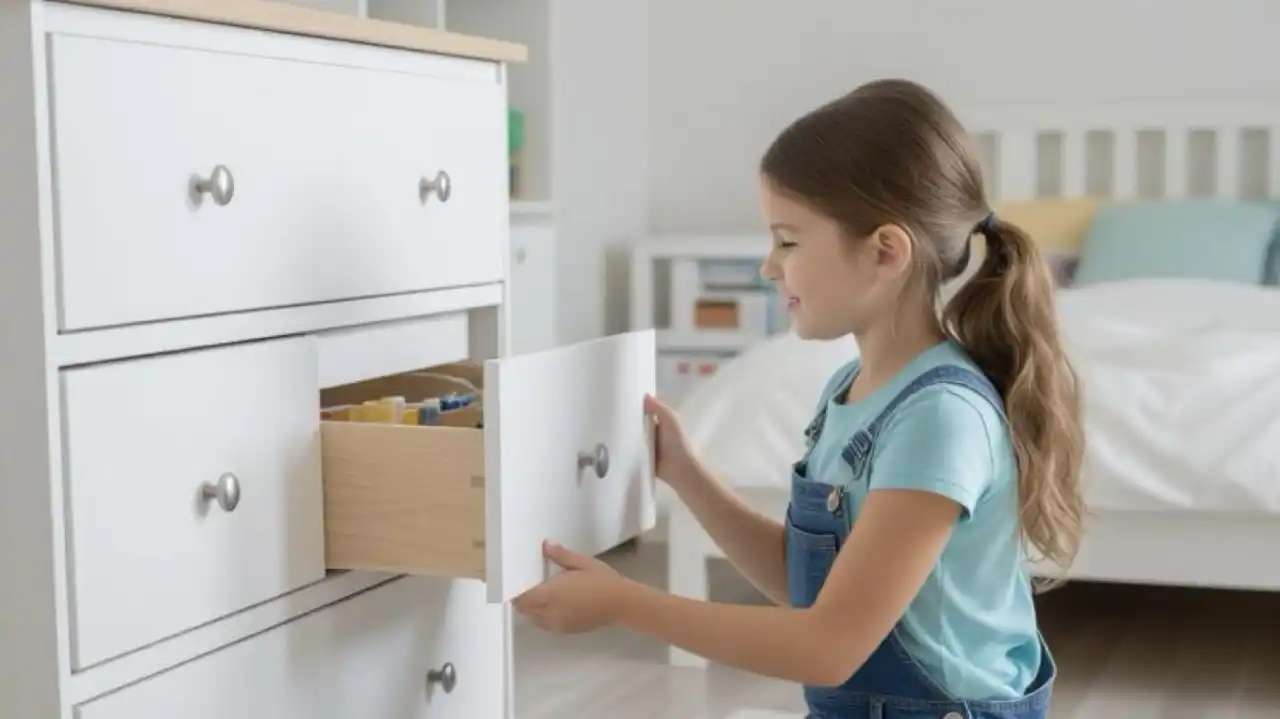
Strategic Problem-Solving: Invent New Solutions When Stuck
C
hildren often become stuck when a toy breaks or a project hits a snag, tempted to give up at the first failure. Without encouragement, this habit can grow, limiting their resilience and creativity. Teaching them to ask, “What else could work?” transforms obstacles into opportunities for innovation, fostering a mindset crucial for inventors, engineers, entrepreneurs, and leaders.
One morning, my daughter wrestled with a jammed dresser drawer. She tried pulling harder, and when that failed, frustration set in. Instead of stepping in, I asked her what else she might try. After a pause, she wiggled the drawer gently, and it slid open. That small success revealed to her that persistence combined with flexibility often solves problems more effectively than brute force.
Make experimentation a regular habit. Each week, present a small challenge — a stuck object, a tricky craft, a building project — and prompt your child to brainstorm three different solutions. Let them test their ideas, recording successes and failures in a “Fix-It Log.” Tool kits, LEGO challenges, and apps like “Invent It!” can inspire creative approaches. Gradually, they will stop seeing failure as defeat and start seeing it as the first step toward a better solution — a priceless attitude for any future endeavor.
Strategic Problem-Solving
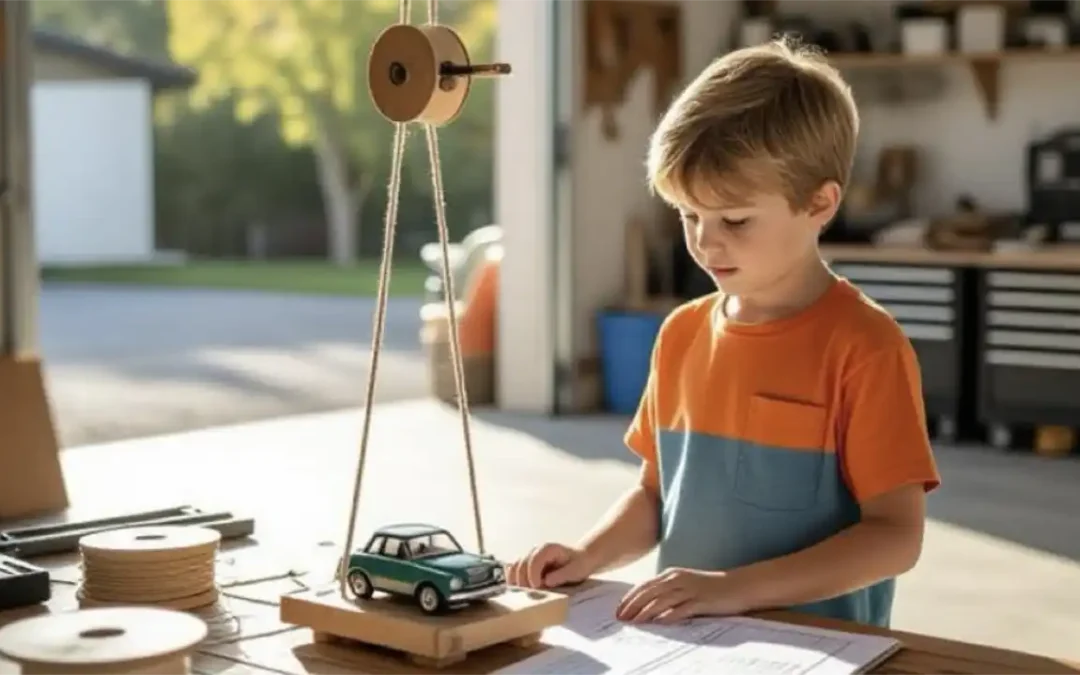
Strategic Problem-Solving: Think It Through Before You Act
Teach children to pause and reflect before responding. This supports emotional regulation, patience, and thoughtful choices.
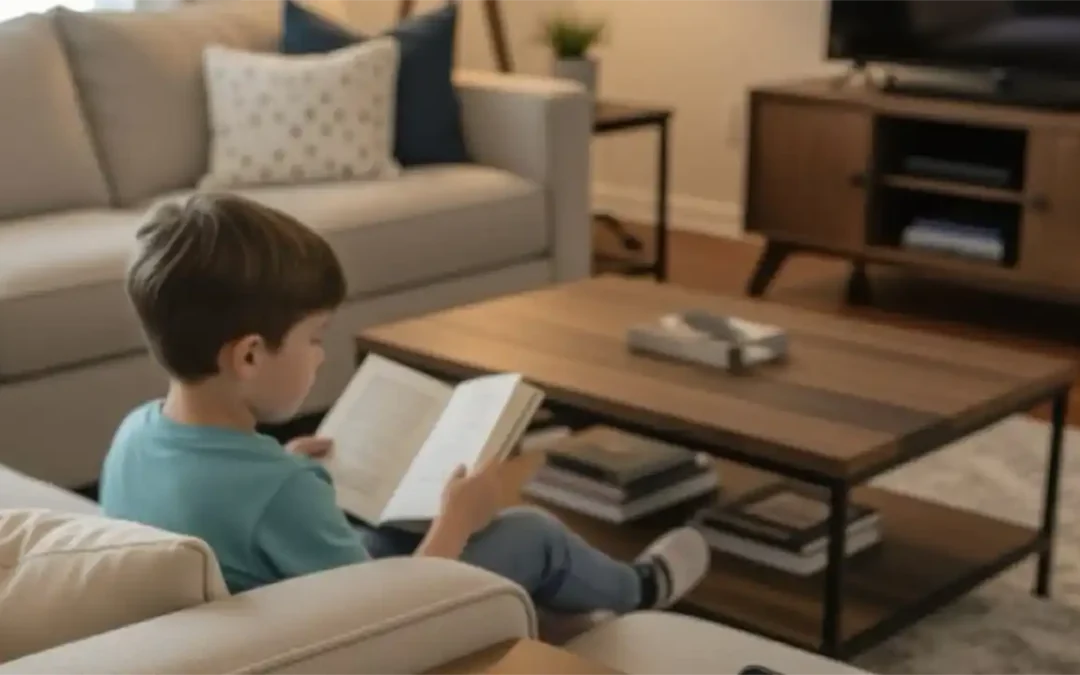
Strategic Problem-Solving: Strengthen Sustained Attention
Focus grows through practice. Use gentle routines to help children develop concentration and stay engaged without stress.
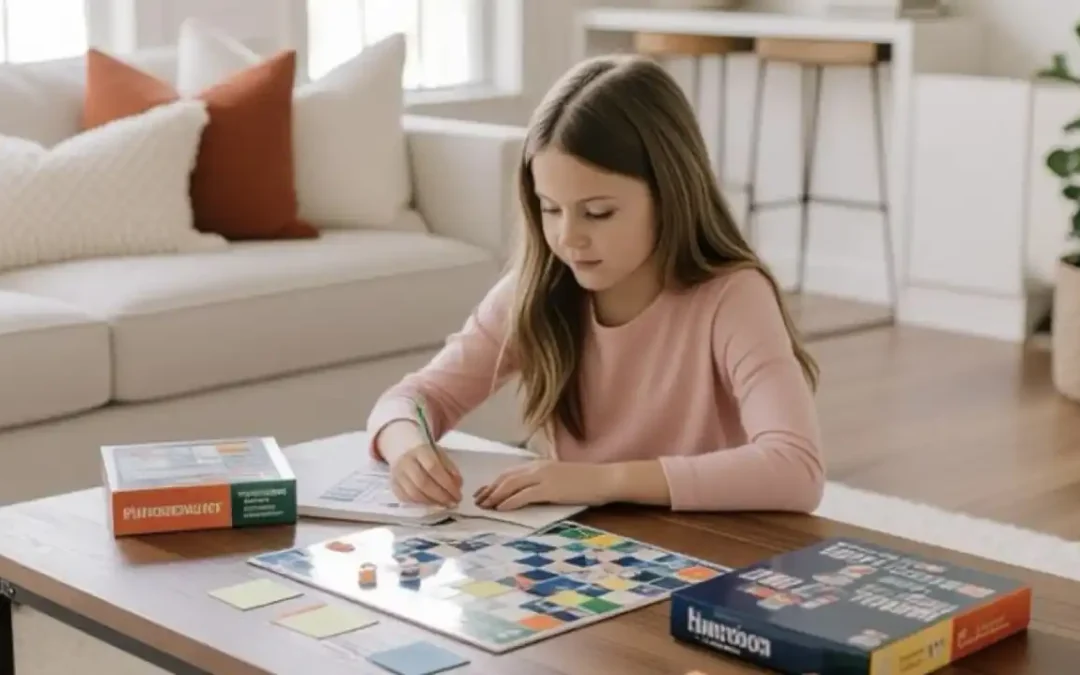
Strategic Problem-Solving: Plan Ahead
Planning helps children manage time, emotions, and goals. Learn how to encourage simple planning habits that grow into lifelong strengths.

Strategic Problem-Solving: Solve Problems with Clues
Teach children to look for clues, test ideas, and try again. Clue-based reasoning strengthens persistence and careful observation.

Strategic Problem-Solving: Recognize and Extend Patterns
Patterns help children understand math, language, and nature. Spotting patterns builds prediction, memory, and reasoning skills.
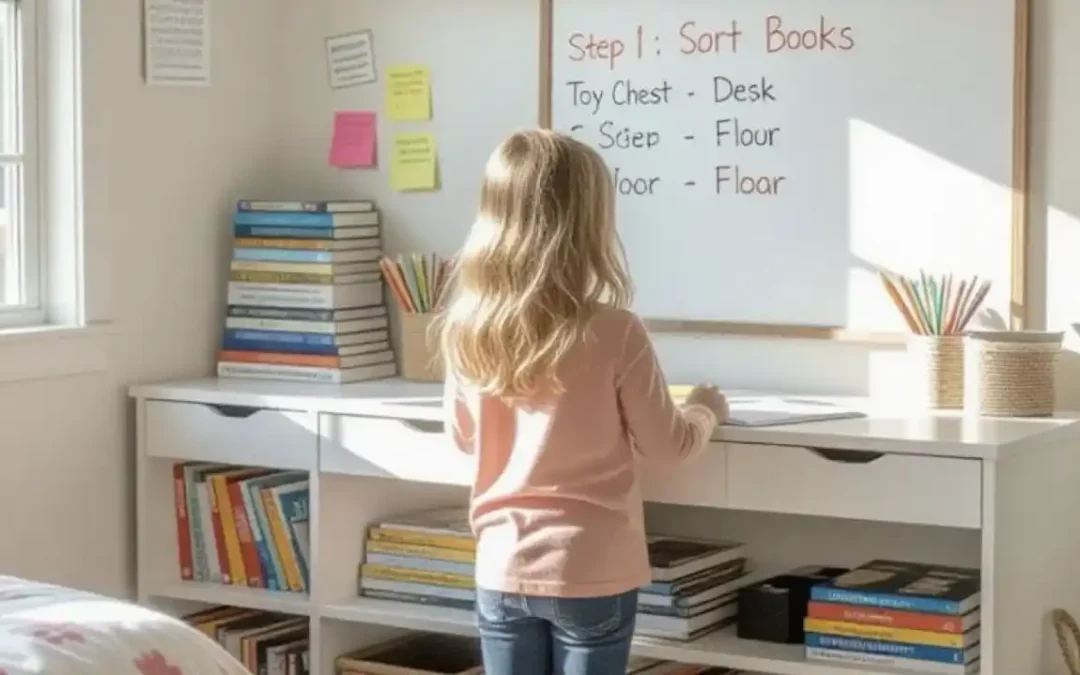
Strategic Problem-Solving: Break Big Problems Into Steps
Help children approach challenges by dividing them into manageable pieces. This builds patience, logical thinking, and success over time.
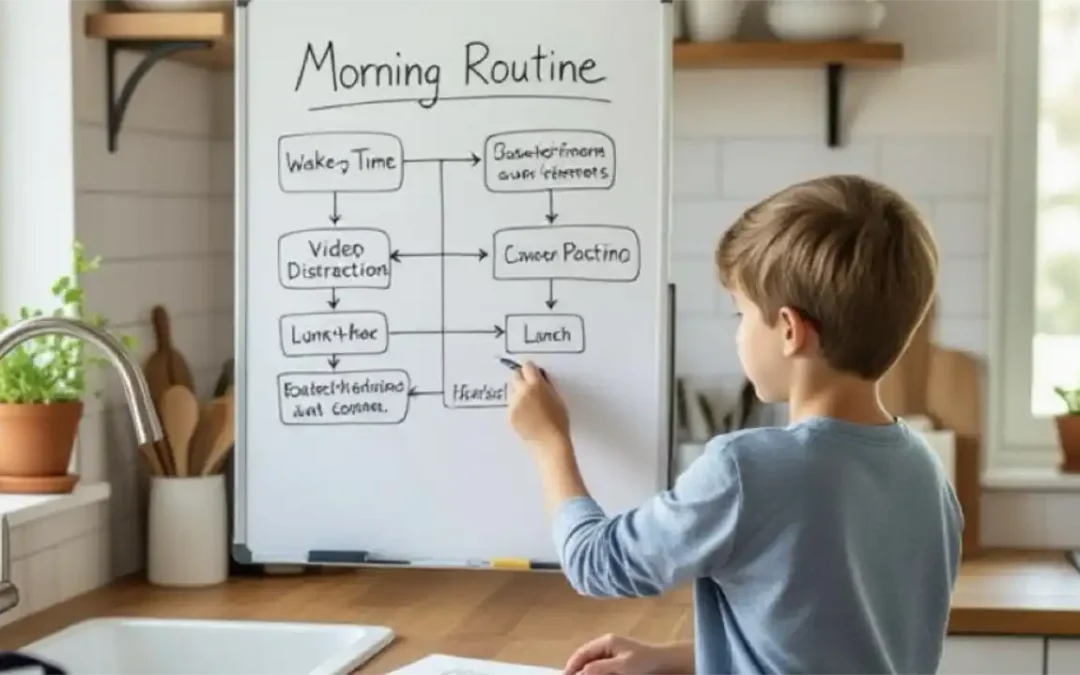
Strategic Problem-Solving: Think in Systems
Show children how parts connect within a whole. Systems thinking encourages clarity, planning, and thoughtful decision-making.

Strategic Problem-Solving: Sequence Complex Tasks Effectively
Teach children to break big tasks into simple steps. Sequencing builds problem-solving skills, independence, and confidence.
Table of contents

Primordial Soup for the Mind: Navigation
Navigate the book Primordial Soup for the Mind.
TIPS
- Ask “What else could work?” instead of offering the fix
- Celebrate each new attempt, not just success
- Use real-life snags as low-stakes experiments
- Let them try “wrong” solutions to test possibilities
- Frame failure as part of innovation
ACTIVITIES
- Fix-It Round: Present a stuck drawer or toy, brainstorm 3 ways to unstick it — 10 min
- Tool Swap: Use a household item in a new way to solve a minor problem — 10 min
- Idea Flip: List three solutions to a common annoyance, then flip one into a wacky version — 10 min
TOOLS
Tool kit, Invent It kit, Fix It journal

Download “Primordial Soup for the Mind: A Parent’s Guide to Nurturing Intellectual Growth”
Enter your information to get this article and hundreds more as part of the FREE book Primordial Soup for the Mind.
Share your thoughts with the Thought Academy community in the Comments section below.

Sharpen those skills!
Enter your information to get our FREE practice exercises so you can hone your critical thinking and reasoning skills!

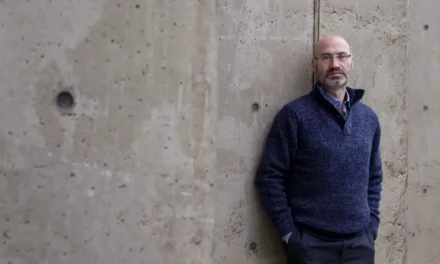



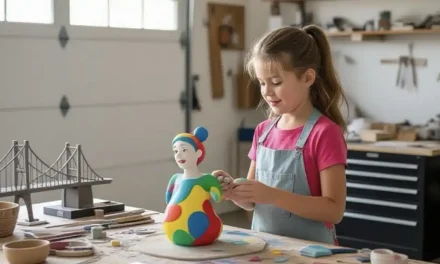

0 Comments